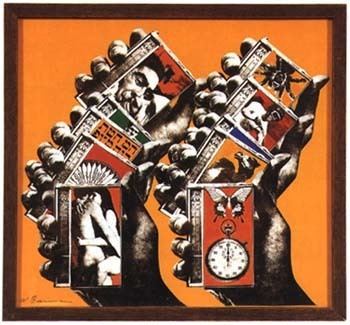Nationality American Known for Assemblage | Role Visual artist Name Wallace Berman Books Photographs | |
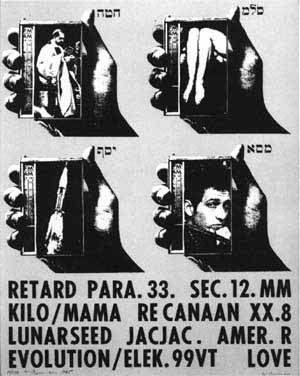 | ||
Died February 18, 1976, Topanga, California, United States | ||
All is personal the art of wallace berman
Wallace Berman (February 18, 1926 – February 18, 1976) was an American visual and assemblage artist. He has been called the "father" of assemblage art and a "crucial figure in the history of postwar California art".
Contents
- All is personal the art of wallace berman
- Wallace Berman Curator Sophie Dannenmuller on Tosh Talks
- Personal life and education
- Artistic career
- Legacy
- Notable exhibitions
- Notable collections
- References
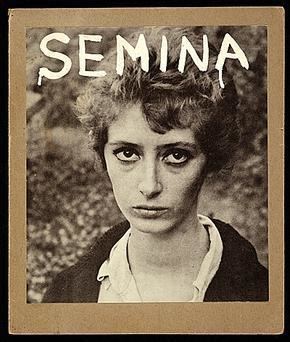
Wallace Berman Curator Sophie Dannenmuller on Tosh Talks
Personal life and education
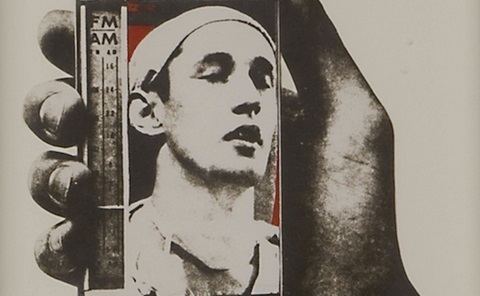
Wallace Berman was born in Staten Island, New York in 1926. In the 1930s his family moved to Boyle Heights, Los Angeles. Berman was discharged from high school for gambling in the early 1940s and became involved in the West Coast jazz scene. Berman wrote a song with Jimmy Witherspoon. He attended classes at Jepson Art Institute and Chouinard Art Institute in the 1940s. For a few years from 1949 he worked in a factory finished furniture. It was at the factory where he began creating sculptures from wood scraps. This led to him becoming a full-time artist by the early 1950s, and an involvement in the Beat Movement. He moved from Los Angeles to San Francisco in late 1957 where he mostly focused on his magazine Semina, which consisted of poetry, photographs, texts, drawings and images assembled by Berman. In 1961 he came back to L.A., then moved to Topanga Canyon in 1965. He started creating his series of Verifax Collages in 1963 or 1964. Director Dennis Hopper, a collector of Berman's work, gave Berman a small role in his 1969 film Easy Rider. He produced work until his sudden death in a car accident caused by a drunk driver, in 1976. Interestingly, Berman had said to his mother as a child he would die on his 50th birthday, and indeed he did die February 18, 1976...his fiftieth birthday. ref. Lost and Found California, Four decades of assemblage art, Corcoran, Wayne, Pence, 1988 pg.119.
Artistic career
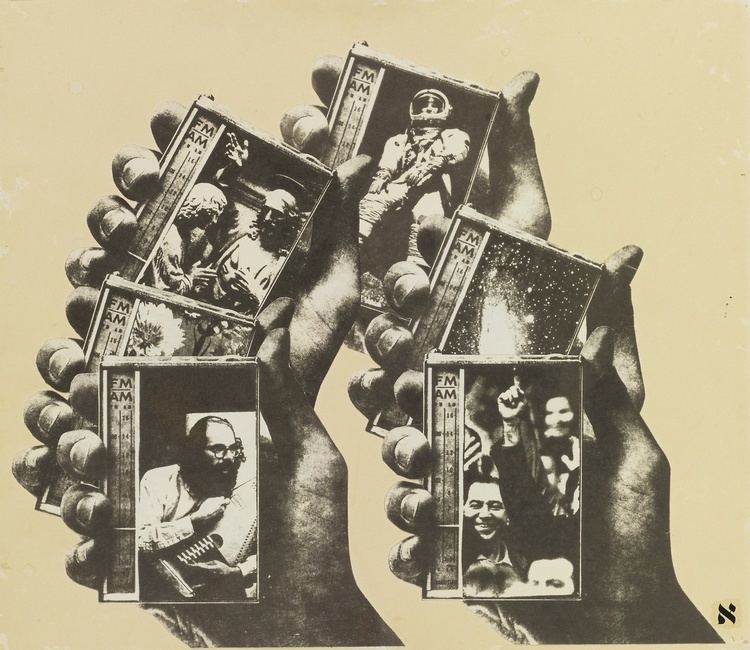
"His art embodied the kind of interdisciplinary leanings and interests that, in time, would come to help characterize the Beat movement as a whole."
-Andy Brumer
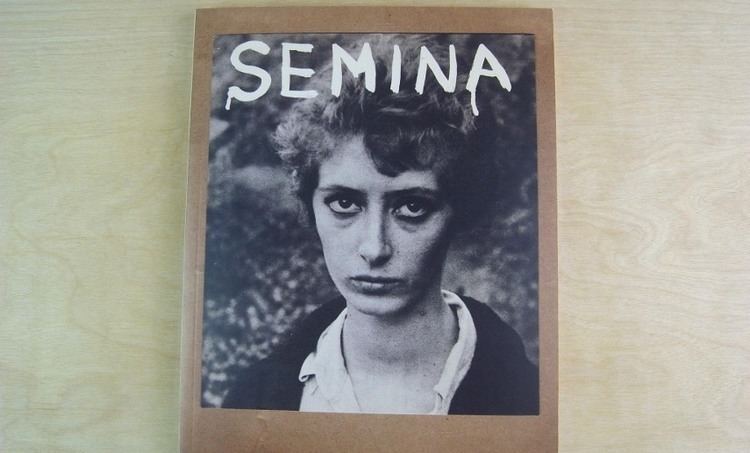
Berman has been called the "father" of assemblage art. He created "Verifax collages", which consist of photocopies of images from magazines and newspapers, mounted onto a flat surface in a collage fashion, mixed with occasional solid areas of acrylic paint . Berman would use a Verifax photocopy machine (Kodak) to make copies of the images which he would often juxtapose in a grid format. Berman sought influence in not only those of his Beat circle, but in Surrealism and Dada as well as the Kabbalah. The influence of Kabbalah and Jewish mysticism is seen in his collages and other works such as his later inscriptions in-situ in Hebrew letters, and his only film, Aleph, a silent film that explores life, death, politics, and pop culture. His involvement with the jazz scene allowed him opportunities to work with jazz musicians, creating bebop album covers for Charlie Parker.
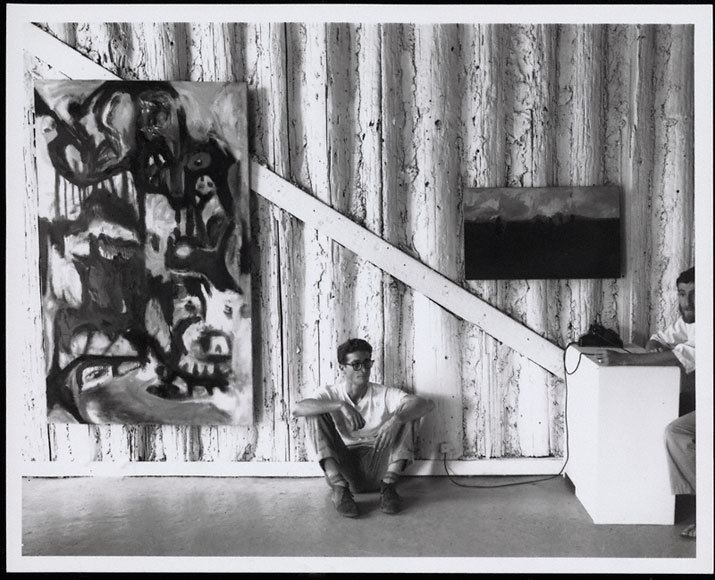
In 1957 Berman had his first exhibition of his artworks at the newly opened Ferus Gallery in Los Angeles. His friends were the curators/owners of the Gallery, Ed Kienholz and Walter Hopps. After the opening the L.A. vice squad got a telephone tip from an anonymous caller and during the raid they found what was deemed to be a pornographic image by Cameron Parsons entitled "Peyote Vision" at the bottom of one of Berman's assemblage works. He would later be convicted of displaying lewd & obscene materials. At the summation in the courtroom Berman wrote on the blackboard "There is no justice, only revenge" His actor friend Dean Stockwell would pay the $150.00 fine. That would be the last public gallery show for Berman.
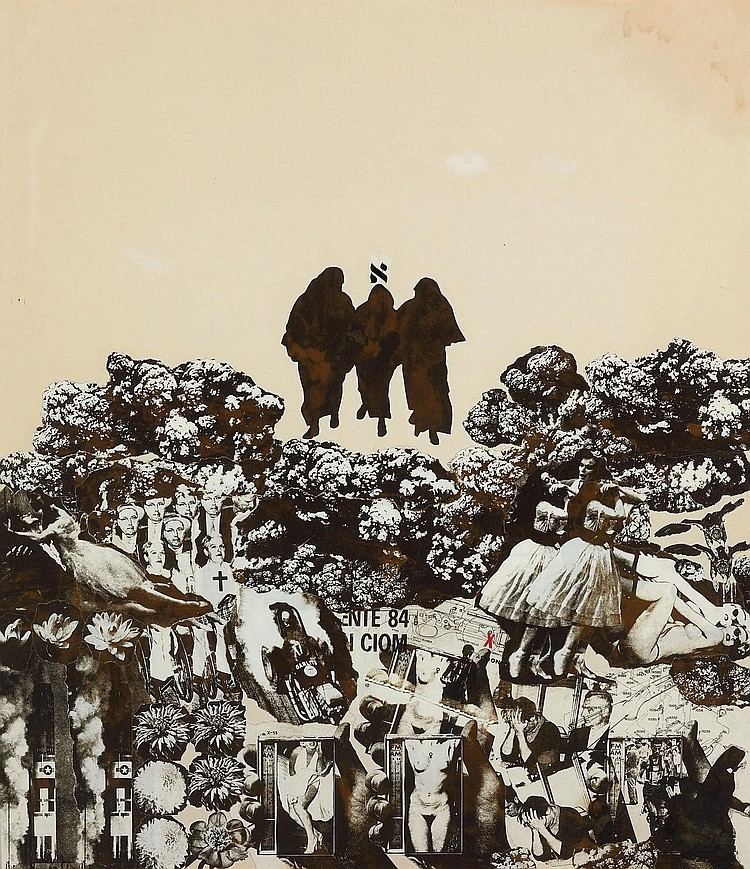
His mail art publication, Semina, was a series of folio packages that were limited edition and sent or given to his friends. Semina consisted of collages mixed with poetry by writers Michael McClure, Philip Lamantia, David Meltzer, Charles Bukowski, William S. Burroughs, Allen Ginsberg, Jean Cocteau, John Kelly Reed and by Berman himself, which he published under the pseudonym Pantale Xantos. Semina was published from 1955 to 1964.
Legacy
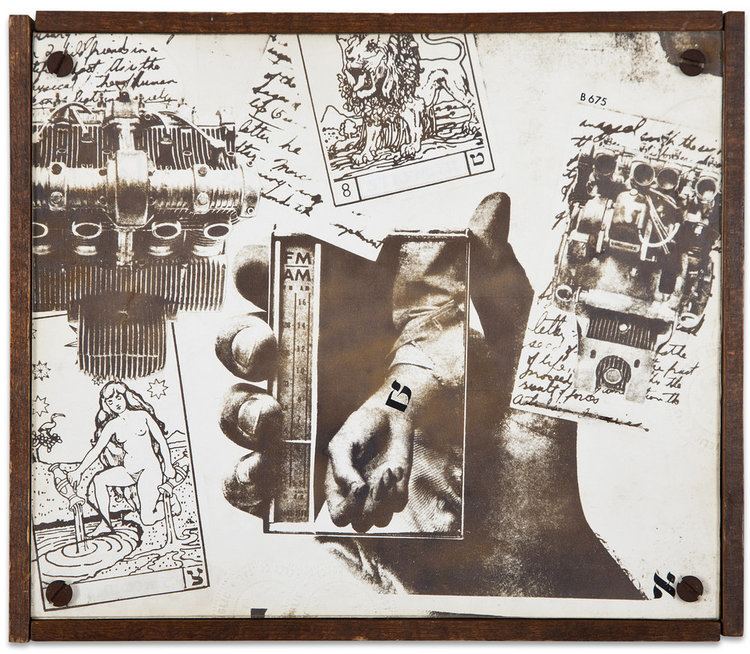
His likeness appears in the second row of the Beatles' 1967 Sgt. Pepper's Lonely Hearts Club Band album cover. The portrait is from a photograph taken by Dean Stockwell. It is directly above George Harrison, two rows up, next to Tony Curtis. In 1992 Berman's papers were donated to the Archives of American Art by his son, Tosh Berman.
Notable exhibitions
